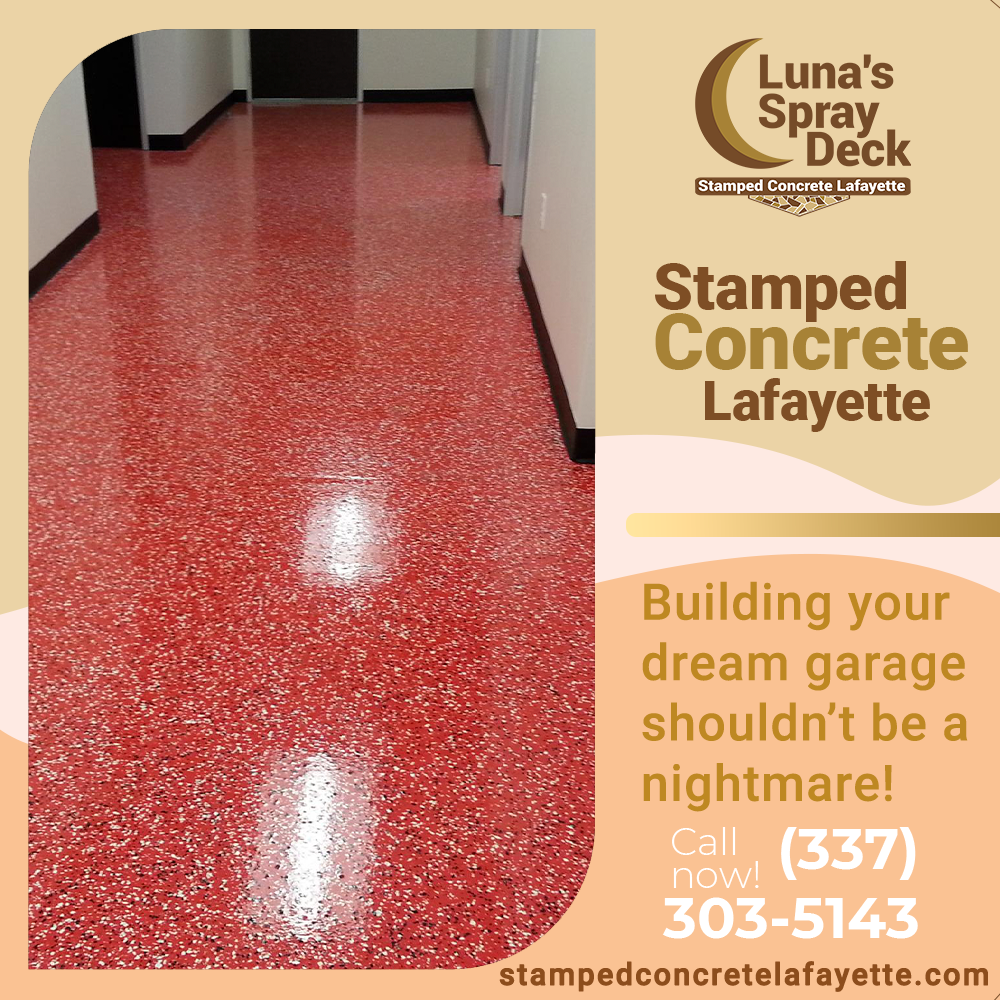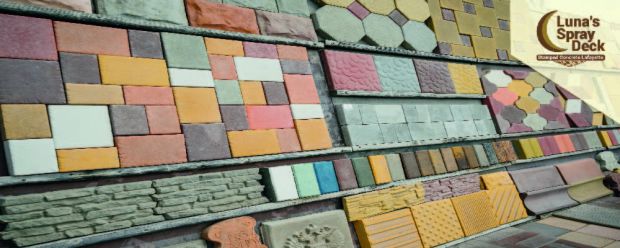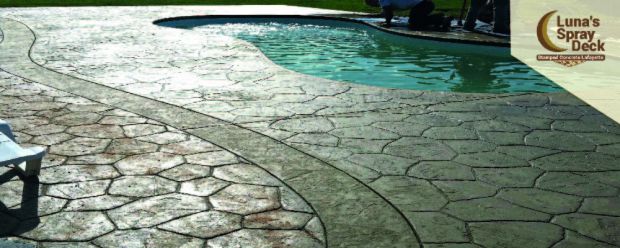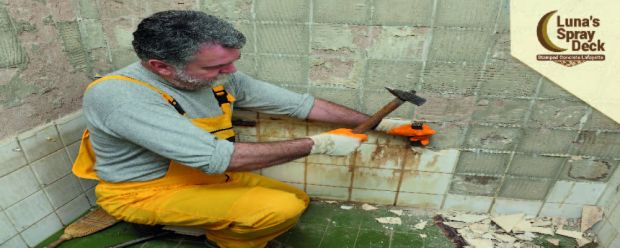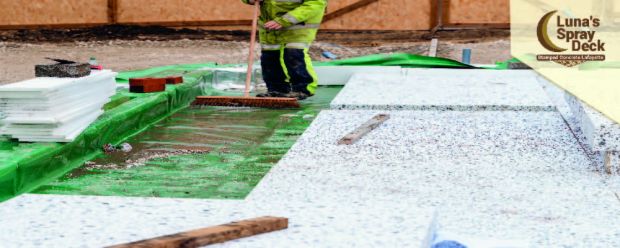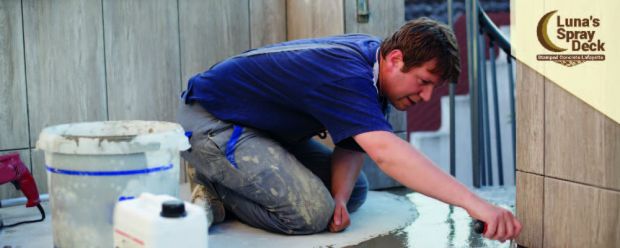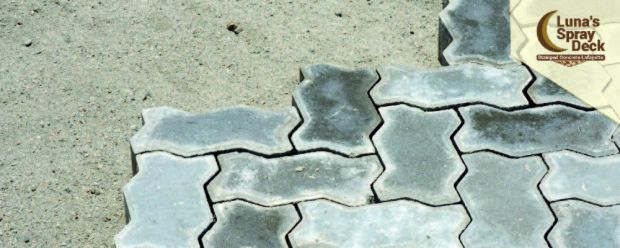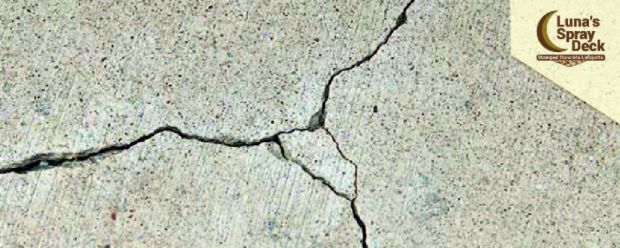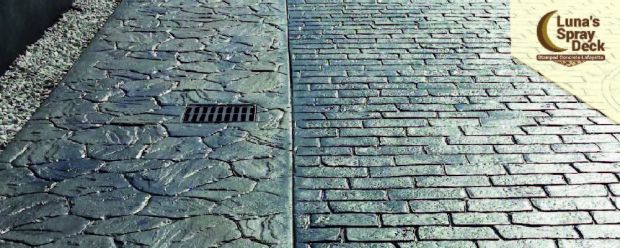BLOG
Most common problems of applying
stamped concrete around the pool
Stamped concrete around the pool has more than enough benefits to justify its popularity. But that does not mean that there are also a number of related drawbacks. We develop the most common.
Salt water accumulation
One of the drawbacks is the formation of scale. The accumulation of saline water causes the erosion of the surface, also affecting the sealants or resins and producing scales. A type of water that, in the event that there is a crack or small fissure in the pavement due to misuse or application of the printed concrete, when it comes into contact, would cause damage to the resin layer.
An effect that can also be caused by wet-dry cycles and vice versa. When the water evaporates, the crystals that form can break the pavement bonds and lift the concrete. It is very important to control the salt levels at all times, so that the pH is not too acidic.
Bad choice of printed mold for the pool
Relief and texture matter. And in the case of the pool even more so. Not all printed molds offer the same degree of anti-slip, some can even be very slippery and generate unpleasant falls on the crown and edges of the pool. Therefore, we must take care of the print that is going to be executed and not focus solely on aesthetics.
Create stamped concrete pools in extreme climates
Extreme temperatures, high and low, can damage the stamped concrete around the pool. Excessive heat or cold that can negatively affect the coating for various reasons:
- Premature dehydration that causes fissures.
- Hydration too fast that causes less dense structures and, therefore, a decrease in the resistance of the pavement.
- Loss of consistency.
For all these reasons, it is essential to properly cure the concrete and increase the dose of multifunctional additive.
Source: topciment
Pool Decks, Patios, Walkways, Driveways, Entry Ways, Garage Epoxy, Faux Wood Concrete Overlay, Wood Plank, Mastic Joints, Custom Stamped
